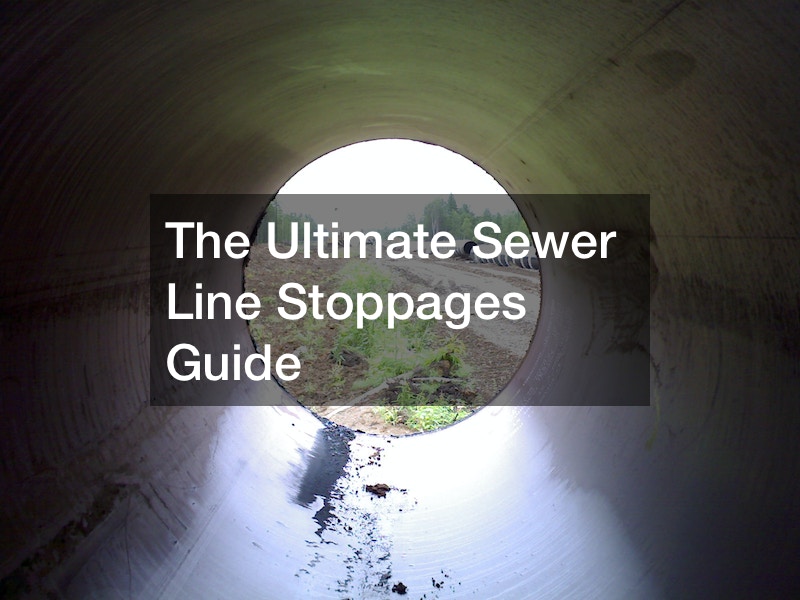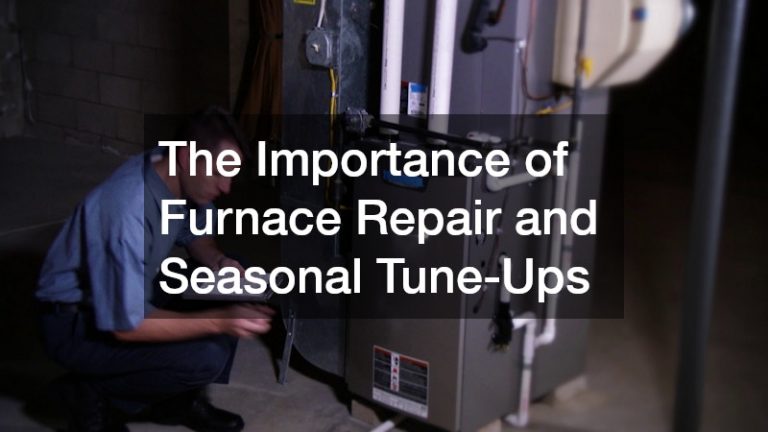

Sewer line stoppages can lead to messy and expensive problems in your home. In this guide, we’ll provide you with the essential steps to prevent, identify, and address sewer line stoppages, ensuring a smoothly flowing plumbing system.
1. Understanding the Causes: Blockages often result from various factors, including grease buildup, tree root intrusion, and foreign objects. Knowing the common culprits can help you take preventive measures.
2. Preventative Maintenance: Regular maintenance is crucial. Avoid pouring grease down the drain, use drain strainers to catch debris, and consider annual inspections to catch potential issues early.
3. Signs of Blockages: Recognizing the warning signs is vital. Slow drainage, gurgling noises, and sewage backups are indications that you may have a sewer line blockage.
4. DIY Remedies: Some minor blockages can be cleared with DIY methods, such as using a plunger or a drain snake. Be cautious and follow safety guidelines when attempting to clear blockages yourself.
5. Professional Help: For more severe blockages or recurring issues, it’s essential to seek professional assistance. Plumbers have the know-how and equipment to diagnose and resolve complex blockages effectively.
6. Tree Root Prevention: If tree roots are causing problem, consider tree root barriers or regular root pruning to prevent future blockages.
7. Regular Inspections: Periodic sewer line inspections with cameras can help identify issues before they become major blockages.
By staying proactive and knowing when to seek professional help, you can maintain a smoothly flowing plumbing system.
.



